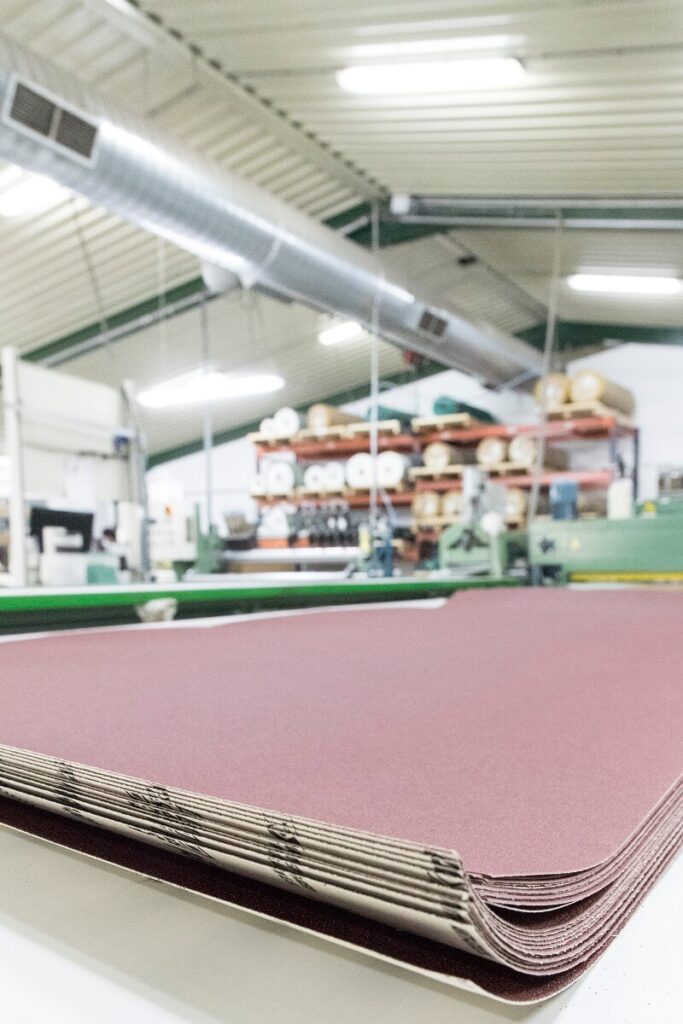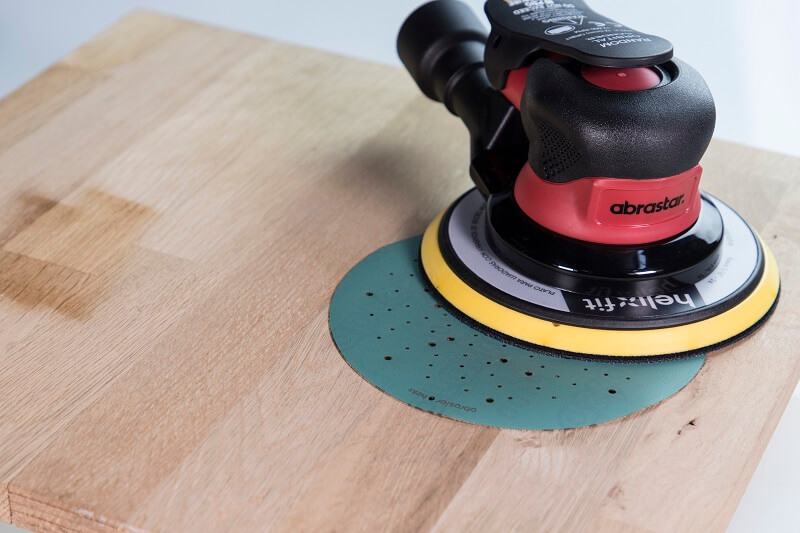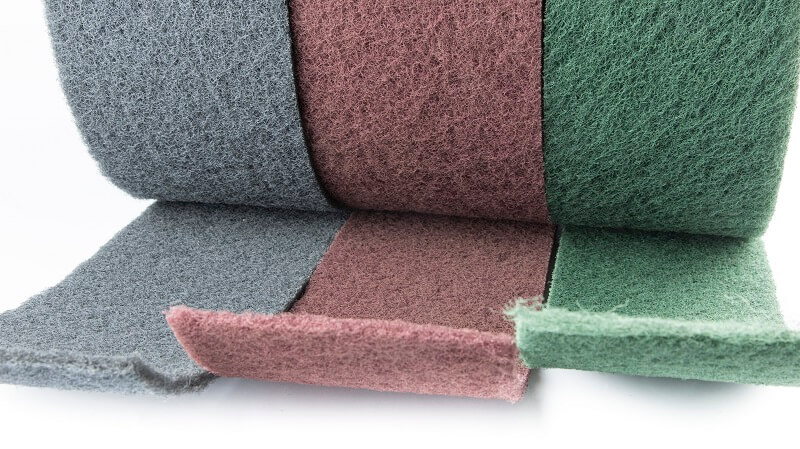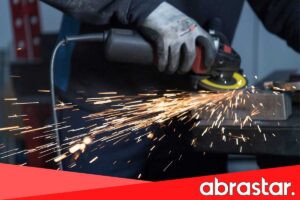Treatment of sandpaper for wood
In the treatment of sanding on wood, or on any other surfaces the main aim is to remove and smooth out any imperfections, condition for a subsequent application of chemicals, sealants, and lacquers.
For an excellent final completion of the product itself, the sanding process is considered to be the most important step, and to take special care. Also, the correct choice of the abrasive that we use.
If we do not perform the process of sanding wood suitable, the final completion will be below the quality results you expect.
Remember that “NOT ANY ABRASIVE works FOR ANY SURFACE.”

RECOMMENDATIONS BASIC FOR A GOOD SANDING ON WOOD:
- The pressure of the sanding should always be minimal both in manual and automatic, thus ensuring that our finishes are consistent.
If we exceed pressure will be generated areas, with shiny, polished but with a non-uniform roughness, which will result in colors that are not homogeneous in the later phase of dyeing or coloration. In the same way also due to excess pressure so we can find problems of anchoring of the varnish.
- The movement of sanding should be as far as possible always in favor of the grain of the wood or on behalf of the effect that we want to give in the design and always bearing in mind that in a sense crossed the stripes caused would be more visible rising at the same time, the fiber of the wood.
- Avoid sanding wood wet. The fibers of a wet wood-wet or are not raised or predisposed for easy removal during grinding. Get the wet sanding is a powder that will become a paste that embozará the abrasive quickly. If we are presented with a sanding of wood that has been previously moistened we should wait for that to dry completely, thus achieving the fibers are ericen, and is easier to cut.
- Also very important and standard to follow for a good sanding of the wood would be the continuous cleaning of the dust that is being generated in the treated surface. This will avoid working on micro-particles that may mark or scratch the piece in the process.
- And finally, another point to keep in mind for a good sanding this to detect when the abrasive is presenting signs of wear and tear. It is very important not to rush the abrasive and replace them at the time in which your performance or useful life is finished. The use of an abrasive worn will lead finishes are non-uniform and highly defective.

SANDPAPERS FOR WOOD ABRASTAR:
- Formats of sandpapers for wood Abrastar with fabric support:
| Quality | FORMATS | ||||
|---|---|---|---|---|---|
| ROLLS | DISKS | NARROW BAND | BROADBAND | SPECIFICATIONS | |
| ST230J | X | ||||
| K15F | X | ||||
| ALF632 | X | ||||
| K35F | X | ||||
| STX | X | X | X | X | |
| JC122 | X | ||||
| K35X | X | X | X | ||
| R350 | X | ||||
| R192 | X | X | |||
| R352 | X | ||||
| S27 | X | X | X | ||
| S181 | X | X | |||
| ALF632 | X | ||||
- Formats of sandpapers for wood Abrastar with a support of paper:
| Quality | Formats | ||||
|---|---|---|---|---|---|
| Rolls | Disks | Narrow band | Broadband | sheets | |
| STG+ | X | X | |||
| STG | X | X | |||
| STW | X | X | |||
| STRC | X | X | |||
| STR | X | X | X | ||
| STRP | X | X | |||
| B322T | X | X | X | X | X |
| KSPRO | X | X | X | ||
| KSPROV | X | X | |||
| SP+ | X | X | X | X | |
- Formats of sandpapers for wood Abrastar support film-velcro:
| Quality | Formats | ||||
|---|---|---|---|---|---|
| Rolls | Disks | Narrow Band | Broadband | Sheets | |
| B322TV | x | x | x | ||
| B322T | x | x | x | ||
| L312T | x | x | x | ||
| Cerastar | x | x | |||
| Starfine | x | x | |||
Other abrasive products used in the treatment and sanding of wood:
-FIBER ABRASIVE
-ABRASIVE FOAM.
From Abrastar we have a wide range of products in different formats and specific tools for sanding and treating the wood. Just choose the one that best suits the needs of your projects.
We are specialists in the sector WE ADVISE YOU.













